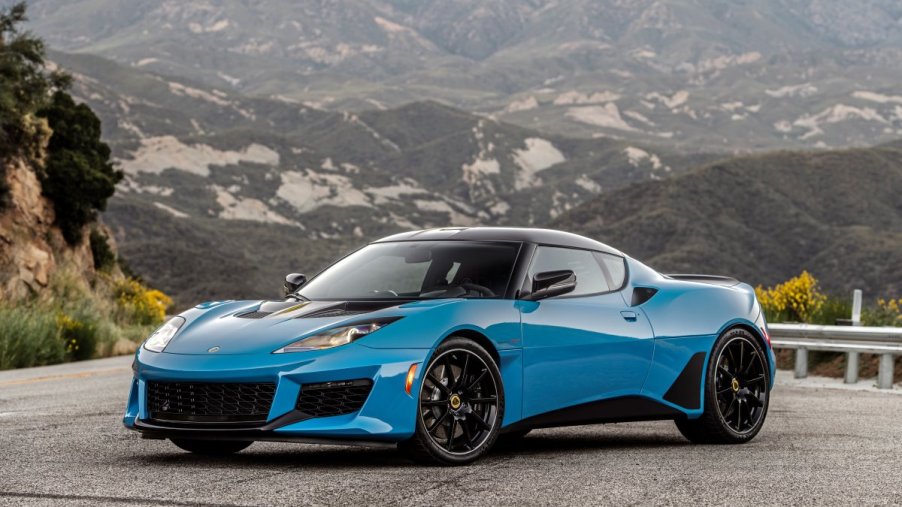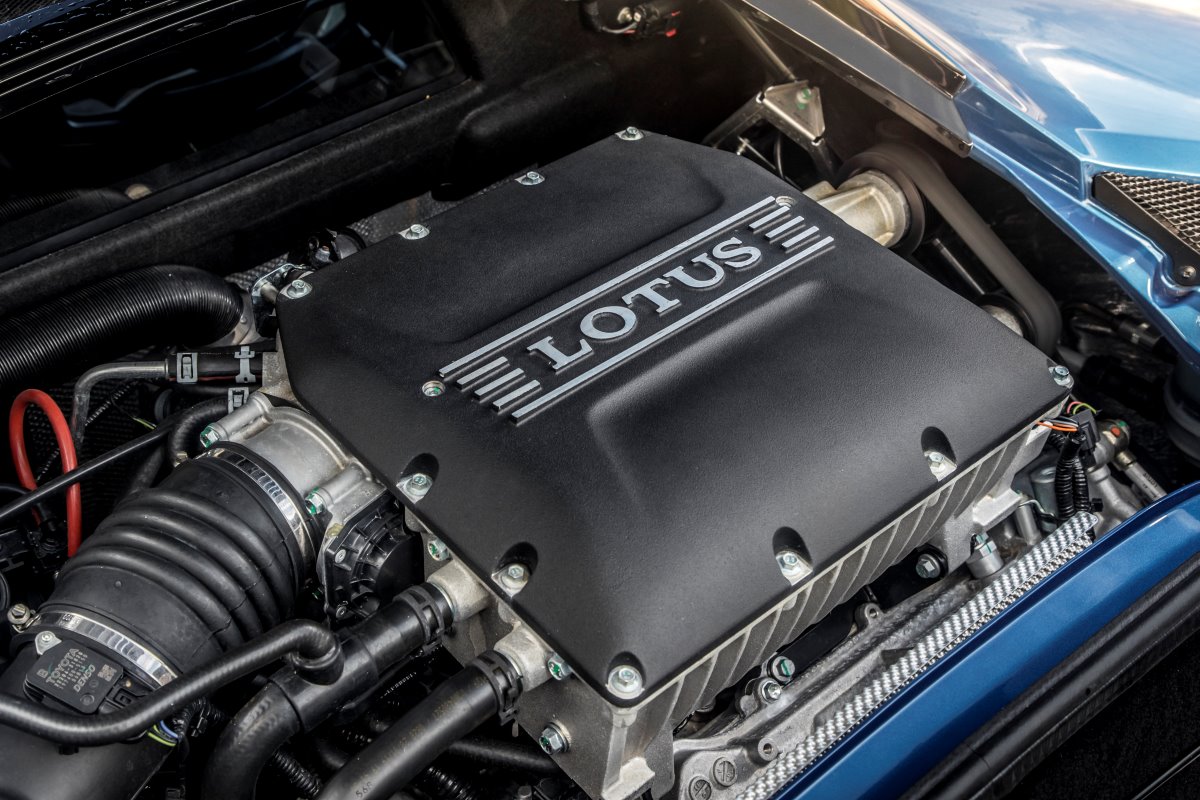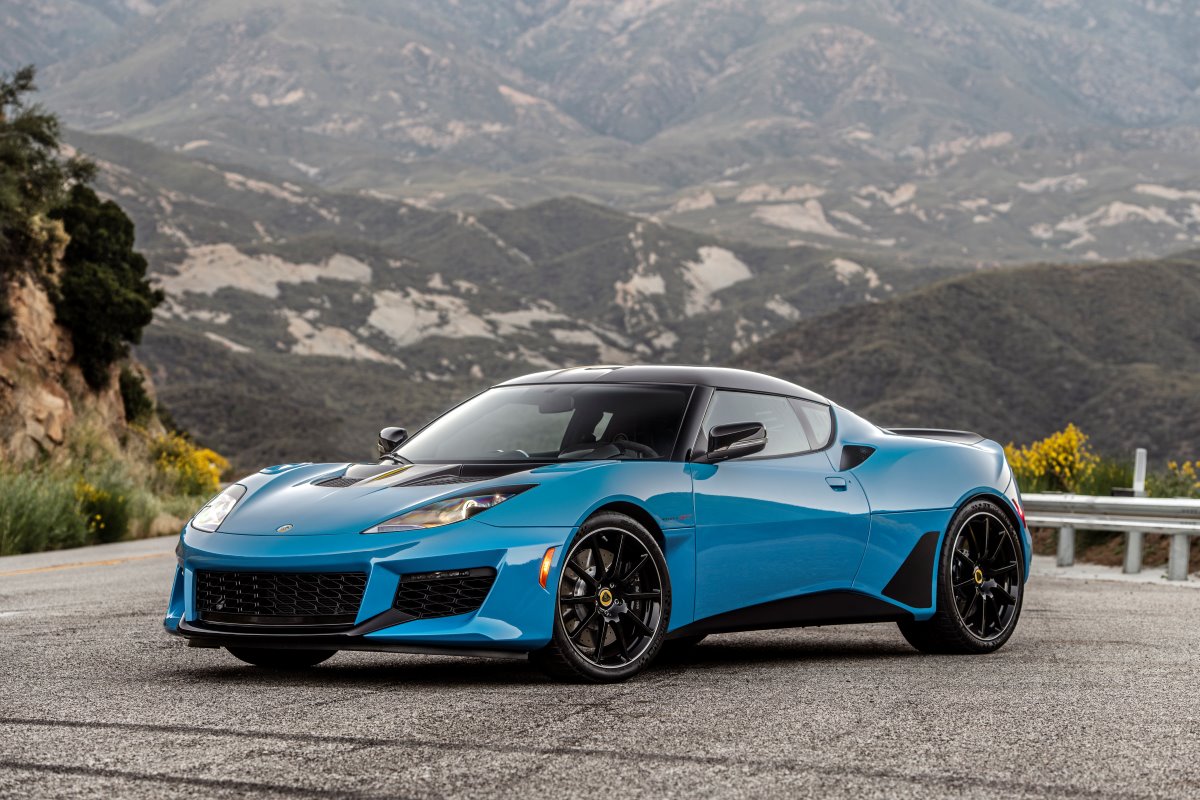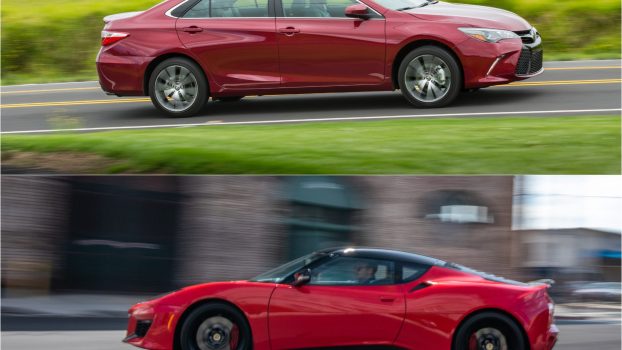
Meet the European Sports Car That Is as Reliable as a Toyota Camry
The distinction between a two-seat, European sports car and a Toyota Camry is so stark, you almost never hear the two mentioned in the same breath. Almost. Until you get to the Lotus Evora. And while you still can’t compare the two cars in any category, when it comes to being reliable, this sports car owes its reputation to the popular sedan.

The Lotus Evora engine is the Toyota Camry V6
Sitting at the heart of both the Toyota Camry V6 and the Lotus Evora GT is a 3.5-liter V6 engine. In the Camry, that engine is naturally-aspirated and offers 301 horsepower and 267 pound-feet of torque. In the Evora, however, it is a much different story.p
The Lotus Evora bolts a supercharger onto the Camry engine, boosting it to 416 horsepower and up to 332 pound-feet of torque, depending on the configuration. The Evora GT manual offers just 317 lb. ft., while the six-speed automatic gets the full 332.
As such, the Lotus accelerates from zero to 60 mph in just 4.0 seconds with the manual transmission, and 3.7 seconds with the autobox. Safe to say we’re no longer in Camry territory, as even the fastest version of the Toyota sedan takes a full six seconds to hit highway speeds.
Even with extra power, the Toyota Camry engine in the Lotus Evora is reliable

Of course, whenever you add a supercharger (or turbo, for that matter) to a naturally-aspirated engine, the question of reliability is inevitable. And while the sample size is considerably smaller, there is nothing to say that the supercharged Lotus Evora falls short on reliability. Owners in the Lotus Talk forum report hitting 100,000 miles or more in their Lotus cars, with minimal maintenance along the way.
That’s the type of reliability Toyota has long been known for, and it seems as though the supercharger has had no substantial effect in that regard. Even better, the six-speed transmissions are capable of keeping up. High-torque sports cars are known for clutch wear, but owners report only needing clutch replacements when doing repeated track days.
Of course, it’s a Lotus – it was born for autocross and hot laps. But try taking your Camry to Watkins Glen and see how often you can pelt it before things start asking questions.
Other areas of the Lotus sports car let down its reliability
Of course, Toyota couldn’t build the whole car. And there are some surrounding components in the Lotus Evora that let down its engine reliability. The master cylinders have known issues regarding leaks that can cause clutch slippage and accelerate wear. In addition, rust and electrical problems pop up quite frequently and can be expensive to remedy.
Finally, one problem that the Lotus Evora has inherited from the Toyota Camry is its weak battery. There are numerous reports of low voltage shorting out air conditioning units, rendering the keyfob useless, and causing erratic idle conditions.
Overall, the Lotus Evora delivers Toyota Camry reliability in a stunning sports car
They may be few and far between here in the States, but the Lotus Evora (and the Elise that came before it) boast impressive reliability thanks to their Toyota Camry powertrains. If you’re on the hunt for a small and reliable European sports car that won’t give you headaches, it may be the perfect place to start.




